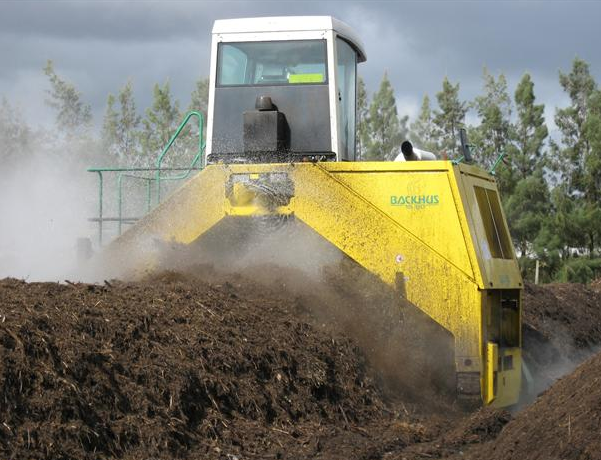Firstly, when I refer to Retaining Walls, I think of the Loffelstein blocks, Retaining Wall Blocks, Gabions, Split Poles, Brick Walls and Dry Stone Walling.
Dry Stone Walling
Gabions
Loffelstein
Split Poles
Retaining Wall Blocks
Brick and Mortar Wall
They all work on the same principle, which is that they must be able to retain the forces coming from the soil behind it. The most popular is the normal retaining wall blocks as it's the cheapest method. Gabions are usually the most expensive, but the most secure method.
Dry Stone Walling is the most natural, while a Brick Wall is more clinical. The choice depends entirely on your taste and budget.
Why Should You Use One of These Walls?
- When your property slopes and you need to level it out to create more useful space.
2. When your property is level and you need to create raised beds.
3. To protect an embankment from eroding.
4. To use as edging and separate lawn from the beds.
Lastly, Retaining Walls add to the value of your property.
With almost 25 years experience, it's not only fun to install these walls, but you get very creative.
Call us for a prompt free quote and I'll be glad to share my creative juices.












.JPG)



















.JPG)





.JPG)














.JPG)
.jpg)


